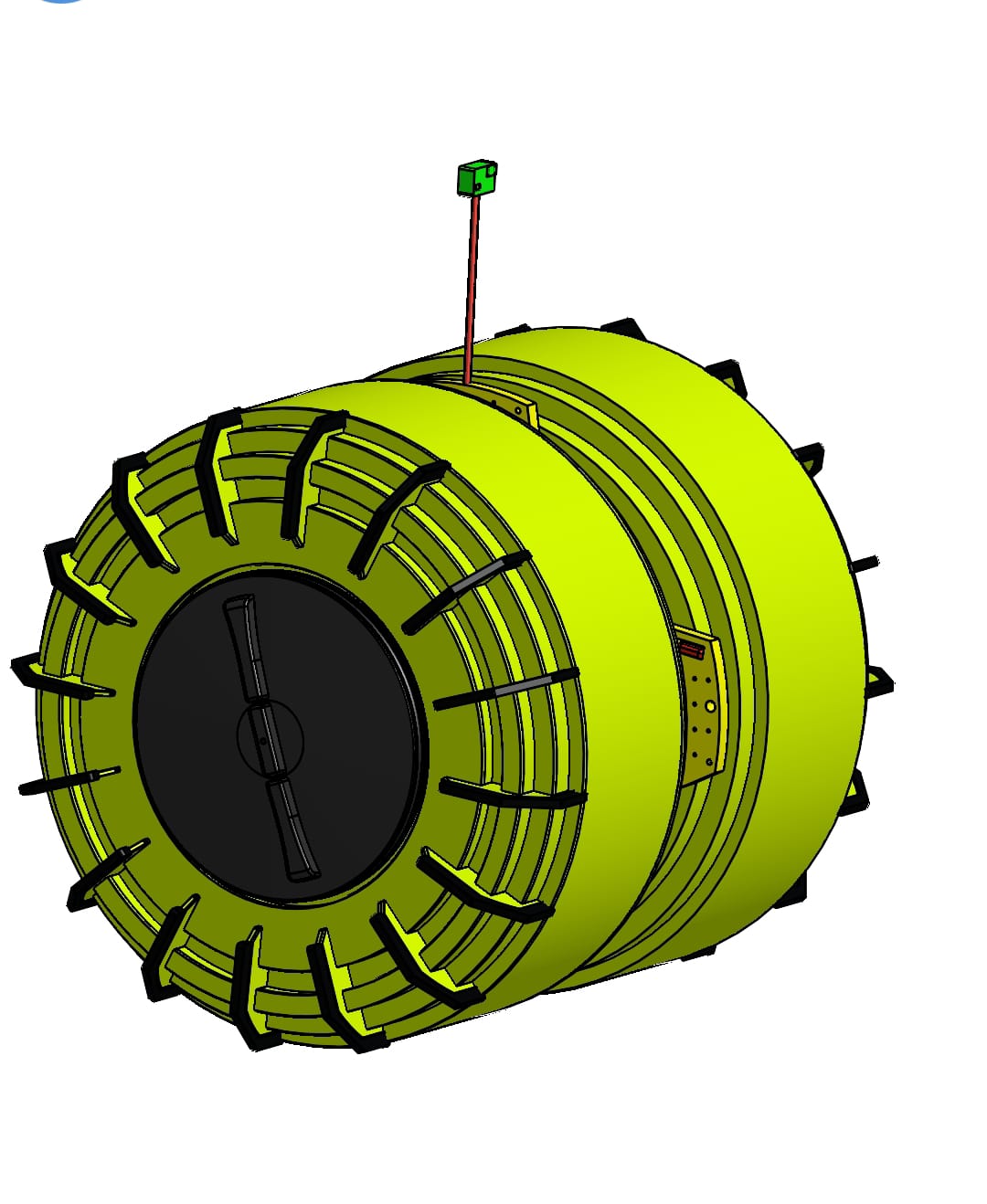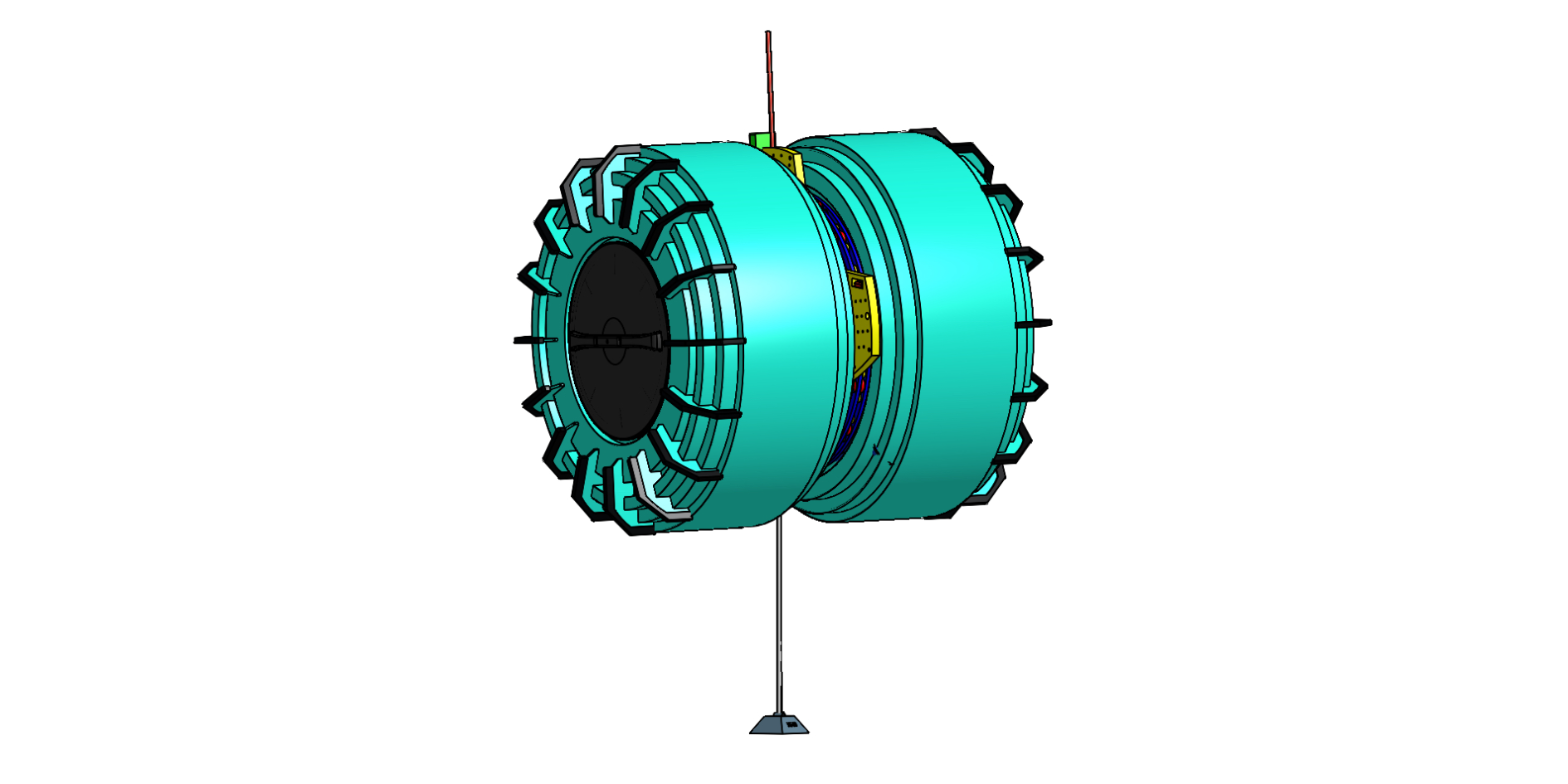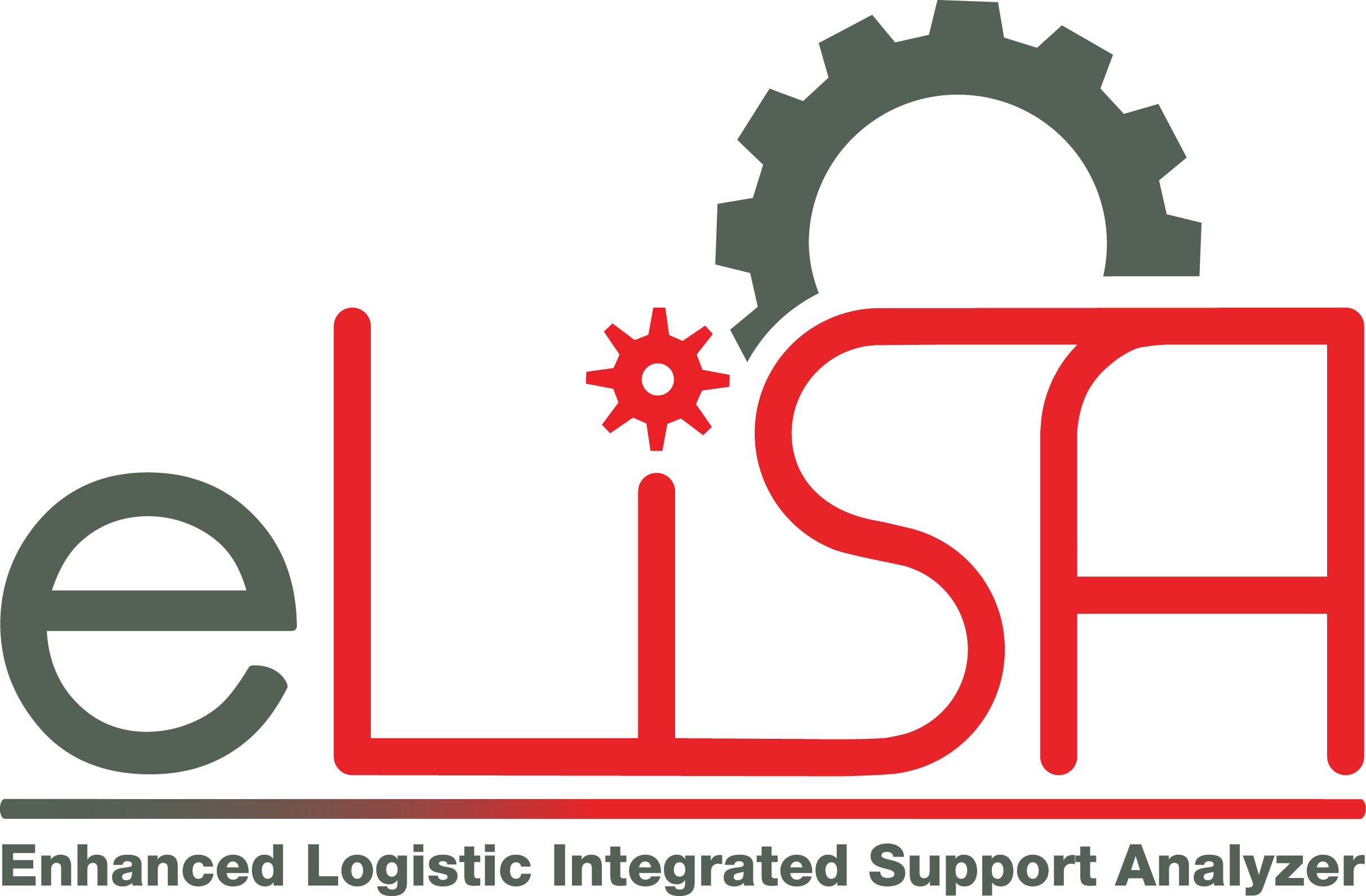- About us
- Company details
SeTeL, founded in 1973, is an Italian leader Company in the Integrated Logistics Support Engineering (ILS) world. Its main mission is to provide services, consulting, applications and technologies that guarantee the highest level of operational availability (life cycle) of complex systems. In this scenario, SeTeL has carried out its activities on more than 200 Complex Systems, ranging from the Aeronautics, to Space, Naval, Railway, Information & Communication Technology, etc. sectors.
ILS technology along 50 years of history is evolved in Life Cycle Management or Life Cycle Thinking and ILS Information Technology supported by services like Documentation and Training and RAMT/S analysis and a continuous R&D activities.
Since the 1990s, SeTeL has begun a process of reconversion/transfer of its skills from the Defence to the Civil sector.
SeTeL's role as a provider of high-value-added services for innovative markets, has evolved in line with the technological development of these scenarios.
Over the years, SeTeL has multiplied its skills, qualifying as a partner of large companies not only in design/development of ILS solutions related to:
• Life Cicle Management using specific tool which guarantees: optimization of spare parts and logistic support solution for complex technical system; scenario simulation enabling an accurate analysis of expected performance over time, given a certain support solution and operational scenario; analysis and estimation of Life Cycle Cost (LCC) - Life Cycle Profit (LCP).
• Studies and analysis of reliability/maintainability/testability of complex systems;
• LSAR and Logistic databases;
• ILS Information technology supporting ASD standards;
• training and technical training (traditional, CBT, E-learning);
• technical documentation (traditional and IETM);
The conversion of the skills process provides a transfer of knowledge that the company has used to address various problems in new markets, in terms of interdisciplinary and multidisciplinary issues. In this way, fruitful collaborations have developed with companies such as Telespazio, Italian Railways, Ansaldo (STS and Breda), today Hitachi, Poste Italiane, FAO, etc.
Now, SeTeL is also an reliable interlocutor in areas such as:
• development of projects funded for Research & Development, Industrial Research, Training and Communication;
• establishing, starting and managing industrial clusters of SMEs in highly qualified settings, such as Aerospace and Aeronautical Maintenance.
• Active participation in initiatives and integrated groups that have seen and still see SeTeL collaborate with Universities, Research Centres (e.g. CNR) and Enterprises.
The result of R&D activities increases SeTeL know-how about complex systems diagnostics like diagnostics of 3D manufacturing processes for the manufacturing of nanosatellite advanced polymeric structures.
The expertise on complex system and the R&D activities allows to conceive, design, patent and develop a new-generation of Amphibious Robot Vehicle which is now the core activity of our R&D group.
Its name is MAR (Multipurpose Amphibious Rover).
MAR is a suitable platform for several purposes such as:
• Precision Agricolture
• Acquaculture
• Surveillance of Aquaculture Systems
• Mussel Culture
• Day and Night Surveillance for perimeter areas for all weather conditions and with amphibious capacity on any type of terrain, muddy, sandy, hilly…
• Oli splling.
Year of establishment:
1973
Number of employees:
FROM 10 TO 19 EMPLOYEES
Annual turnover:
between 0.5 and 2.5 million Euro
Reference year of turnover:
2022
Export turnover:
Less than 75.000 Euro
Activities:
Support activities for crop production
Aquaculture
Other publishing activities, except software publishing
Research and experimental development on natural sciences and engineering
Other professional, scientific and technical activities
- Videos
- Catalogue
MAR (Multipurpose Amphibious Rover) Presentation
MAR - Proof of concept of the Amphibious Version
MAR - Measurement Campaign in CONRAD (LIFE - Winegrover Project)
An interview of Eng. Eduardo De Francesco about Winegrover Project
Presentation of Technical Publication System (TPS) - S1000D Documentation Management SysteomS
- Contact Information
- Business Proposals
Company:
SETEL SERVIZI TECNICI LOGISTICI SRL
Web site:
Address:
VIA CASAMARI 6, PIANO TERRA
City:
ROMA (RM)
Zip Code:
00142
E-commerce:
Social media:
Tag:
No business proposals uploaded
- Map
MAR (Multipurpose Amphibious Rover) - Terrestrial version

The Multipurpose Amphibious Rover (MAR) is a multipurpose amphibious vehicle; originally oriented towards precision agriculture with detection and monitoring functions. The Rover today, thanks to studies on the amphibious version, is entering a phase of industrial development and experimentation in aquatic and humid environments.
MAR technology
The functioning of the system is based on a very simple principle: two large wheels containing pendulums inside them which rotate around a central axis.
Moving the pendulum moves the center of gravity of the wheel which consequently moves to recover the new balance.
The wheels are watertight and allow the entire unit to float. The pendulum containing batteries and motors is located inside the wheels. The propulsion is electric and all potential contaminants are confined inside the wheels.
Thus, the original idea of the MAR project is completed, a Rover with an amphibious characteristic: two large wheels, providing buoyancy, equipped with plastic blades or pseudo-fins that allow propulsion and therefore movement in the water.
MAR can operate not only in the agricultural field but also in water and on any type of intermediate mixed surface: marsh, mud, etc. without changing layout.
Amphibious: The wheels, equipped with blades, which can be constructed of plastic or composite material, act as floats and provide propulsion. The wheels themselves protect the payload from water, mud and similars.
High Mobility: MAR can move in all trajectories, including rotation on itself at high speed, either on the central axis or by rotating on a wheel. The tests carried out on the prototype demonstrate a strong acceleration capacity and good maximum speed. The low baricenter ensures the possibility of turning at high speed and on significant slopes without overturning.
High Reliability: The extremely simple construction ensures high reliability and the modular two-wheeled structure simplifies the logistics.
Intrinsically stable: In comparison with other electronically stabilized two-wheeled vehicles, MAR is intrinsically stable and therefore does not require power consumption during standby. This allows prolonged use while waiting for events. The MAR can also be equipped with a small thermal engine (thus creating a hybrid engine) that allows it to extend its operational capabilities over time, without sacrificing the advantages of the electric motor during the main operational phases.
Energy Efficiency: The use of only two wheels, which combines propulsion and steering, reduces friction and weight and guarantees a greater autonomy than tracked or four-wheeled vehicles . At the same time, in an amphibious environment, it allows to maintain a stable position being able to direct the boost.
Low impact on the soil: The rate of the MAR and its support surface ensures a low pressure on the soil.
Cost/Performance ratio: MAR has a sophisticated architecture but intentionally simple in the mechanics. It is equipped with cheap electrical engines even if with high reliability and, above all, it transforms the defects of the lead-acid batteries (weight) in advantage (boost) keeping at the same time a low cost for the energy storage. The MAR therefore provides an extremely competitive price / performance ration in its vehicle category.
Web site
https://www.eco-mar.it/
MAR (Multipurpose Amphibious Rover) - Amphibious version

The Multipurpose Amphibious Rover (MAR) is a multipurpose amphibious vehicle; originally oriented towards precision agriculture with detection and monitoring functions. The Rover today, thanks to studies on the amphibious version, is entering a phase of industrial development and experimentation in aquatic and humid environments.
MAR technology
The functioning of the system is based on a very simple principle: two large wheels containing pendulums inside them which rotate around a central axis.
Moving the pendulum moves the center of gravity of the wheel which consequently moves to recover the new balance.
The wheels are watertight and allow the entire unit to float. The pendulum containing batteries and motors is located inside the wheels. The propulsion is electric and all potential contaminants are confined inside the wheels.
Thus, the original idea of the MAR project is completed, a Rover with an amphibious characteristic: two large wheels, providing buoyancy, equipped with plastic blades or pseudo-fins that allow propulsion and therefore movement in the water.
MAR can operate not only in the agricultural field but also in water and on any type of intermediate mixed surface: marsh, mud, etc. without changing layout.
Amphibious: The wheels, equipped with blades, which can be constructed of plastic or composite material, act as floats and provide propulsion. The wheels themselves protect the payload from water, mud and similars.
High Mobility: MAR can move in all trajectories, including rotation on itself at high speed, either on the central axis or by rotating on a wheel. The tests carried out on the prototype demonstrate a strong acceleration capacity and good maximum speed. The low baricenter ensures the possibility of turning at high speed and on significant slopes without overturning.
High Reliability: The extremely simple construction ensures high reliability and the modular two-wheeled structure simplifies the logistics.
Intrinsically stable: In comparison with other electronically stabilized two-wheeled vehicles, MAR is intrinsically stable and therefore does not require power consumption during standby. This allows prolonged use while waiting for events. The MAR can also be equipped with a small thermal engine (thus creating a hybrid engine) that allows it to extend its operational capabilities over time, without sacrificing the advantages of the electric motor during the main operational phases.
Energy Efficiency: The use of only two wheels, which combines propulsion and steering, reduces friction and weight and guarantees a greater autonomy than tracked or four-wheeled vehicles . At the same time, in an amphibious environment, it allows to maintain a stable position being able to direct the boost.
Low impact on the soil: The rate of the MAR and its support surface ensures a low pressure on the soil.
Cost/Performance ratio: MAR has a sophisticated architecture but intentionally simple in the mechanics. It is equipped with cheap electrical engines even if with high reliability and, above all, it transforms the defects of the lead-acid batteries (weight) in advantage (boost) keeping at the same time a low cost for the energy storage. The MAR therefore provides an extremely competitive price / performance ration in its vehicle category.
Web site
https://www.eco-mar.it/
TPS - Technical Publication System

The Technical Publication System Suite is composed of the following modules dedicated to produce, manage and consult the Interactive Electronic Technical Manuals based on S1000D:
a Document Management System (DMS module): a XML Web Based Authoring Tool for support in the management and production of the Information Set based on S1000D Data Modules;
an Interactive Publications Management System (SGP module): a XML Web Based Publishing Tool for visualization and management, also in configuration, of the Interactive Electronic Technical Manuals;
an Off-line Browsing Tool (SGP-Lite module): providing off-line fruition of produced IETM on Mobile Devices (Tablets, Smartphone) or Stand-alone PC;
a TPS Player: providing off‐line fruition of produced Training Modules (SCORM compliant) generated by TPS.
The TPS architecture is based on Windows Operating System (XP Pro, Windows 7 or Windows 8), Mysql Server Data Base and IIS Web Server. The Apps. for the IETM fruition on Tablets are developed for Android environment.
eLISA: Enhanced Logistic Integrated Support Analyzer

eLisa is an ILS tool which offers the user an integrated workspace to efficiently conduct analysis and LSAR activities.
eLisa adopts a modular design, with the LSAR module as a base on which a wide range of auxiliary modules can be installed. Each module covers a specific function or analysis.
Current modules include:
LSAR Module (Data entry, reporting, project management, tree views, import & export)
Reliability Module (Reliability Analysis, including RBC)
Failure Related Analysis module (FMEA, FMECA, FTA, Detection)
Project Conversion module (Project converter from MIL-STD-1388 standard to S3000L standard)
Task Analysis Module (MTA)
Simplified Data Entry Module (Module customised based on the user’s preferences which provides a data entry template optimised on the specific needs)
Coherence cross-check between S1000D Technical Publication and LSDB STD-1388/S3000L
The tool provides a smart interface that is both fast and easy to use, while also providing all the strict controls on data quality which are required when working on LSA data. eLisa’s mission is to minimize the human errors which can affect the final data quality and at the same time maximizing the user’s productivity.
eLisa is available both in client-server and stand alone architectures. All architectures are Windows based and make use of MySql databases.
eLisa currently supports the Mil-Std 1388-2B and S3000L LSAR data models. The tool allows the user to work on both data models without any perceived differences and without a deep knowledge of those models. Concurrent work on multiple projects in multiple data models is also possible.


